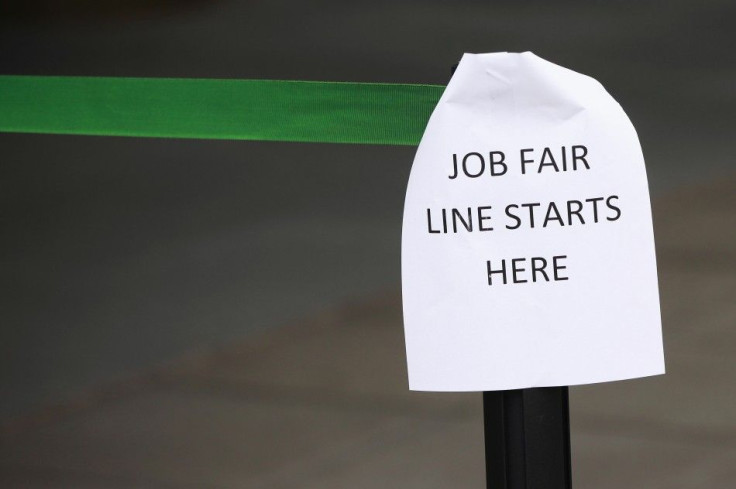Jobless Claims Unexpectedly Fell to 348,000 - Lowest Level Since March 2008

Claims for jobless benefits fell for a third straight week to 348,000, the lowest level since March 2008, when the U.S. was in the early stages of a recession. That could be a sign the recovery in the labor market is gaining momentum.
The four-week moving average of first-time applications for unemployment insurance benefits -- which smoothes out weekly fluctuations - tumbled to 365,250, a decrease of 1,750 from the previous week's revised average of 367,000.
In the week ended Feb. 11, applications for unemployment insurance payments declined by 13,000 to 348,000, the Labor Department reported Thursday in Washington. Economists polled by Reuters called for an increase of 7,000.
Jobless claims have registered below the key 400,000 mark -- a level historically associated with an improving labor market - for 14 consecutive weeks.
It's further confirmation that the labor market is getting better, hiring is picking up and businesses are looking towards the future by adding more workers, Joel L. Naroff, president and founder of Naroff Economic Advisors, said before the report.
That's about the best line we could see for this economy, Naroff added.
Continuing claims -- which include people filing for the second week of benefits or more - dropped by 100,000 to 3.42 million, in the week ended Feb. 4.
The continuing claims figure does not include the number of Americans receiving extended benefits under federal programs.
The four-week moving average was 3.49 million, a decrease of 8,250 from the preceding week's revised average of 3.5 milion.
The latest unemployment report showed employers last week added 243,000 workers to their payrolls in January, and the jobless rate dropped unexpectedly to 8.3 percent, the lowest level since February 2009, the Labor Department said.
The decline in the unemployment claim number is really telling us that not only is there more hiring going on, but more than likely, we will see further drops in the months ahead in the unemployment rate, Naroff said.
© Copyright IBTimes 2024. All rights reserved.












